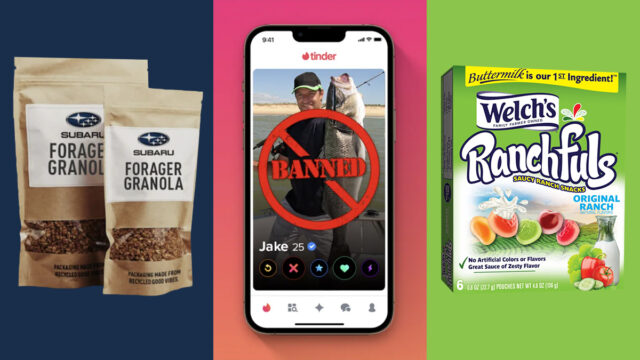Inspiration meets innovation at Brandweek, the ultimate marketing experience. Join industry luminaries, rising talent and strategic experts in Phoenix, Arizona this September 23–26 to assess challenges, develop solutions and create new pathways for growth. Register early to save.
Dunkin’ is now Donuts’. If you were groggily scrolling social media on April 1, you may have briefly fallen victim to one of many brand pranks: Califia Farms unveiling a pickle-flavored creamer, the Duolingo owl starring in a multilingual musical on ice, and Nathan’s Famous hotdogs coming aboard JetBlue.
April Fools’ Day has evolved from a half-holiday hinging upon the gullibility of your friends to endless brand stunts. As brands have grown in their “self-awareness” on social media (adopting more personable tones and trying to outbid each other for followers, attention and impact), their April Fools’ stunts have also ramped up.
As a fan of brand pranks large and small, it’s always a thrill to see who will cut through the noise. But it leaves one wondering: What if brands were to treat every day like April Fools’ Day? Here’s how they can do it.
Know your audience
Now that brands are expected to perform on April Fools’ Day, it has become harder and harder to stand out in a circus of stunts. However, the more in tune with your audience you are, the more you can strategically employ a stunt that will create enough conversation without having to do a multiday stunt or high-spend activation.
For instance, the pineapple on pizza debate has been raging for internet centuries. So when Domino’s announced it was removing pineapple from its menu, the restaurant chain knew it would spark conversation and reignite debate in the comments—without having to lift much of a finger or try to top other brand stunts.
While Domino’s prank was a clear winner, not all pranks are—and it comes down to knowing your audience. A well-executed joke that audiences want to share can increase brand loyalty and recognition, but one that purposely misleads the audience can do more harm than good. If you’re not cognizant of what your audience will genuinely find funny, you could risk, at minimum, coming off as insensitive and, at maximum, become a member of the internet’s Hall of Shame and lose reputability.


